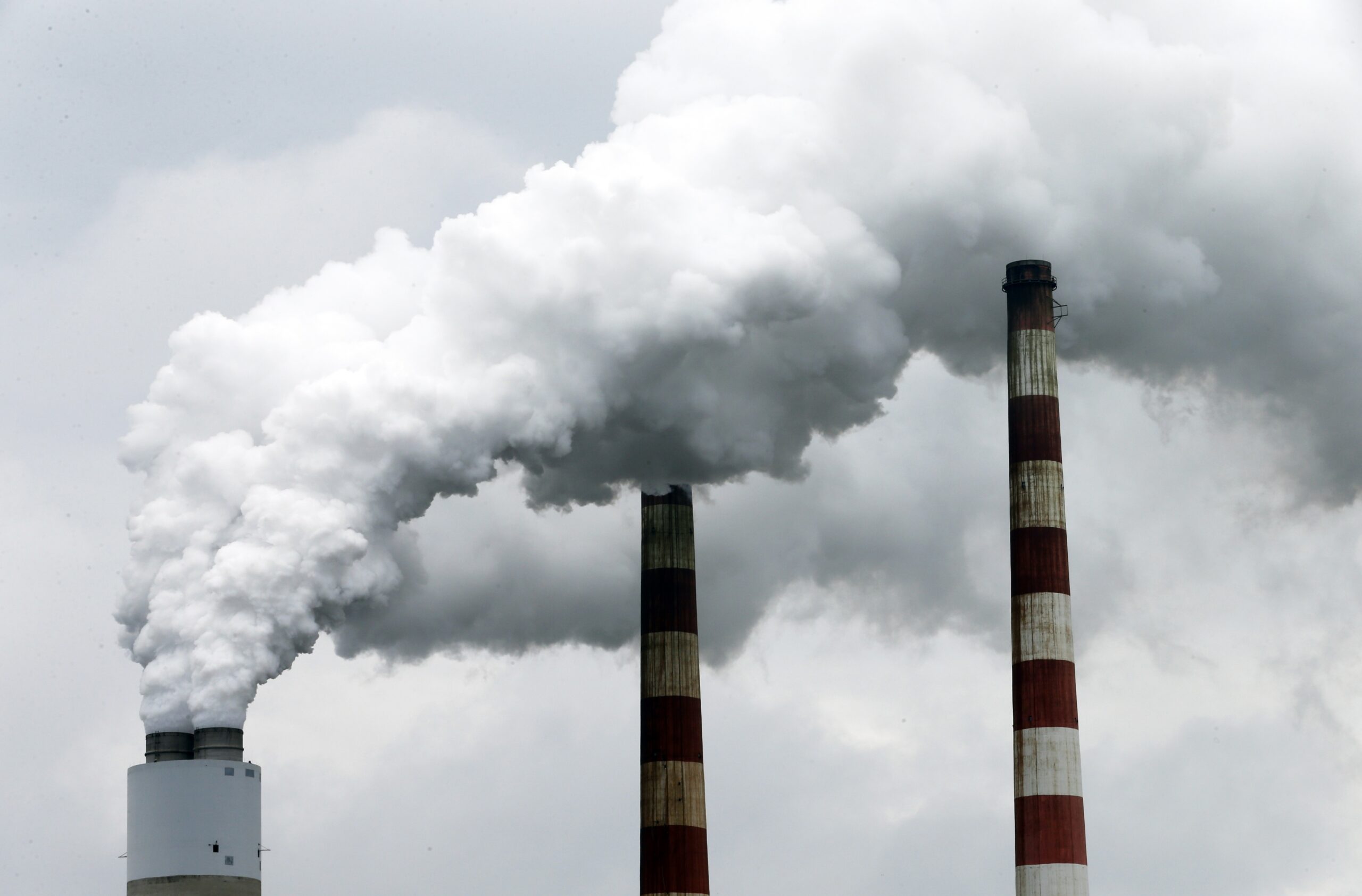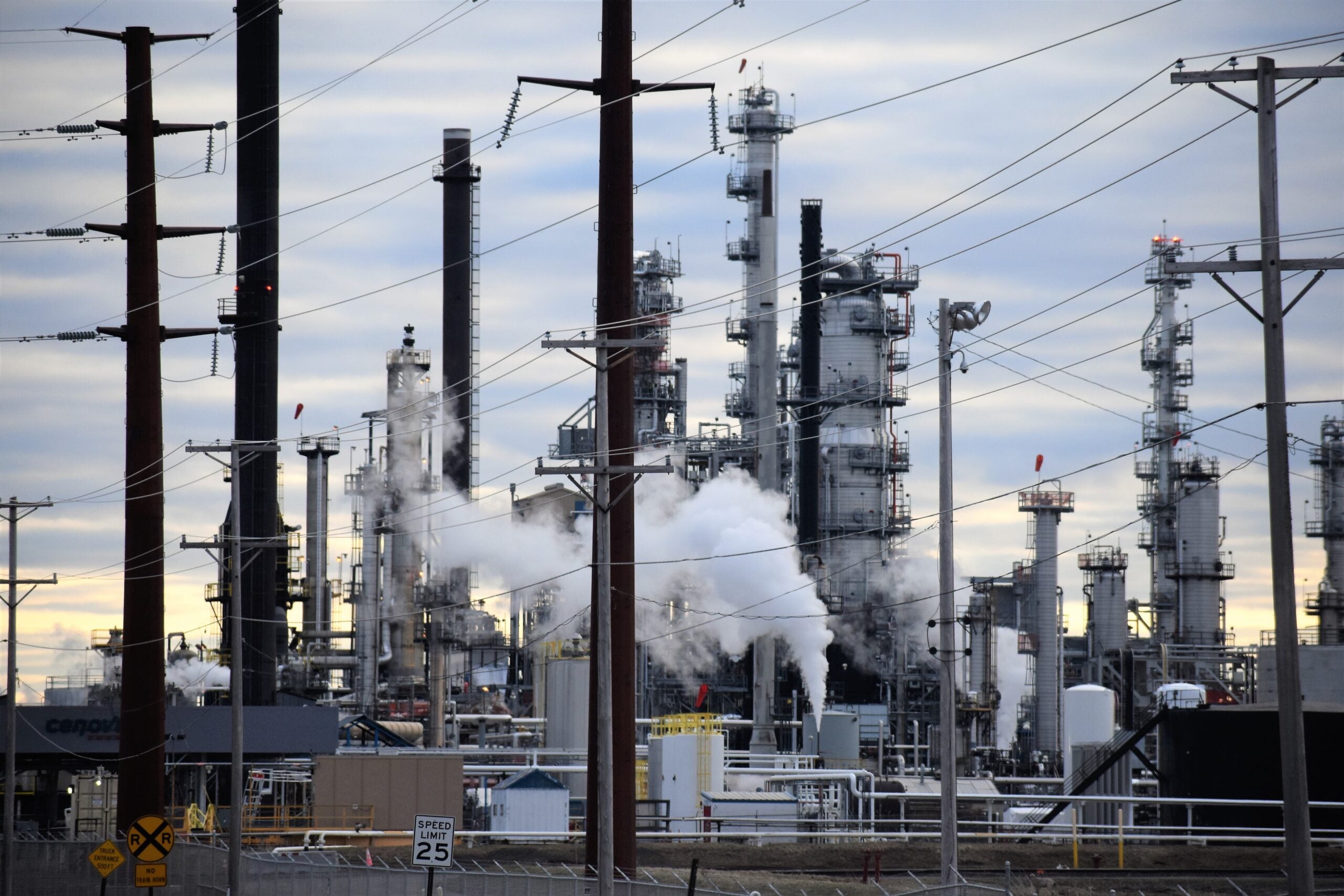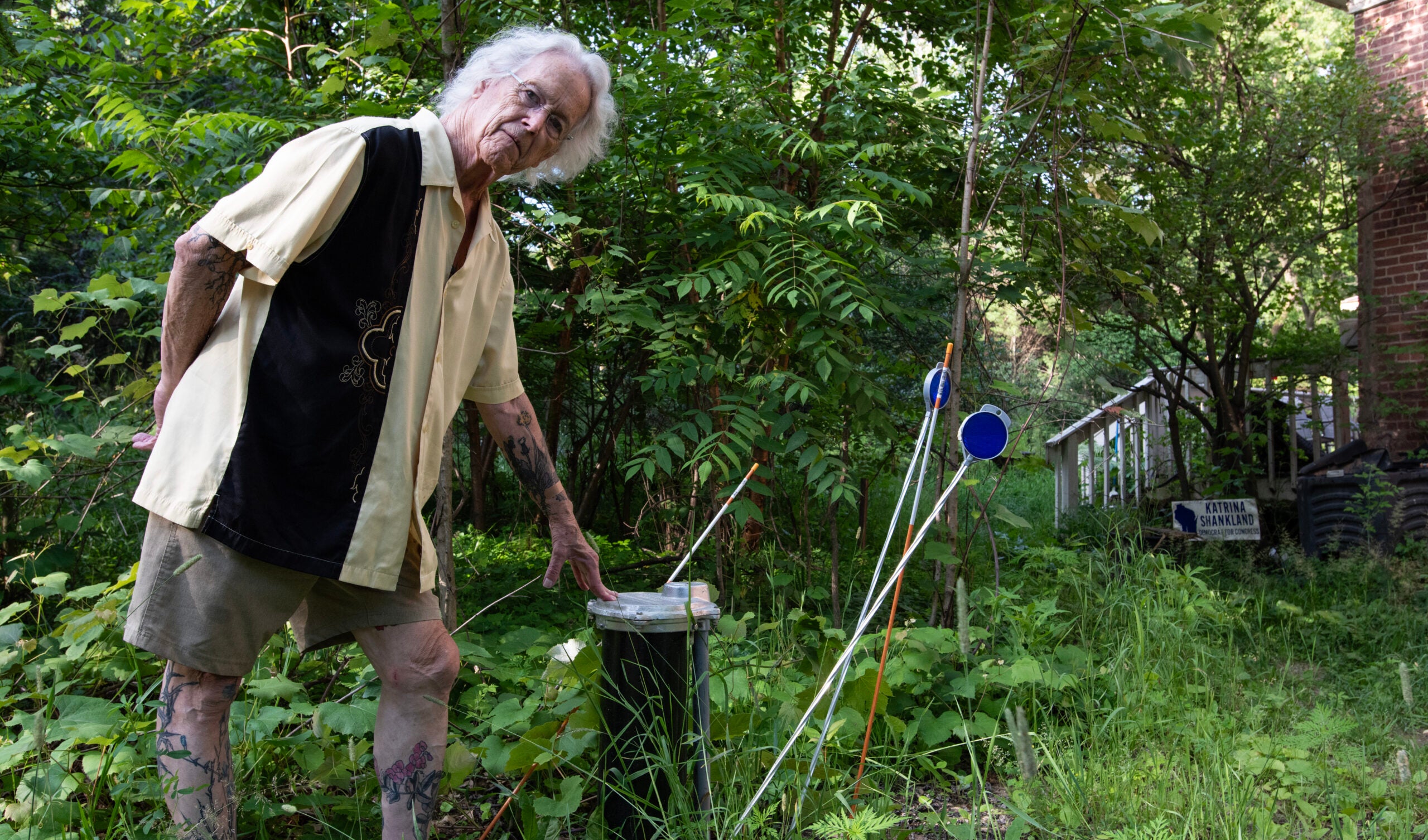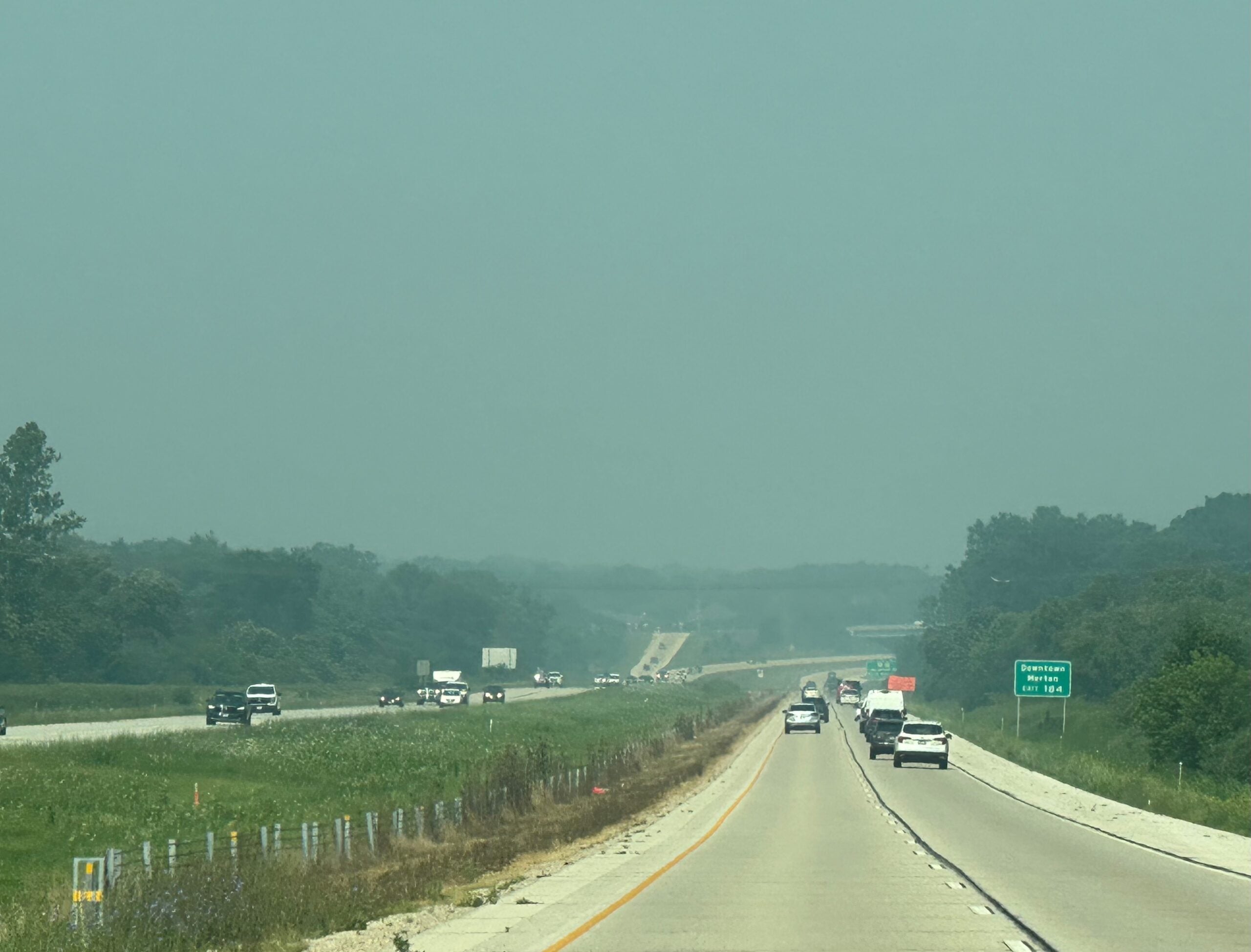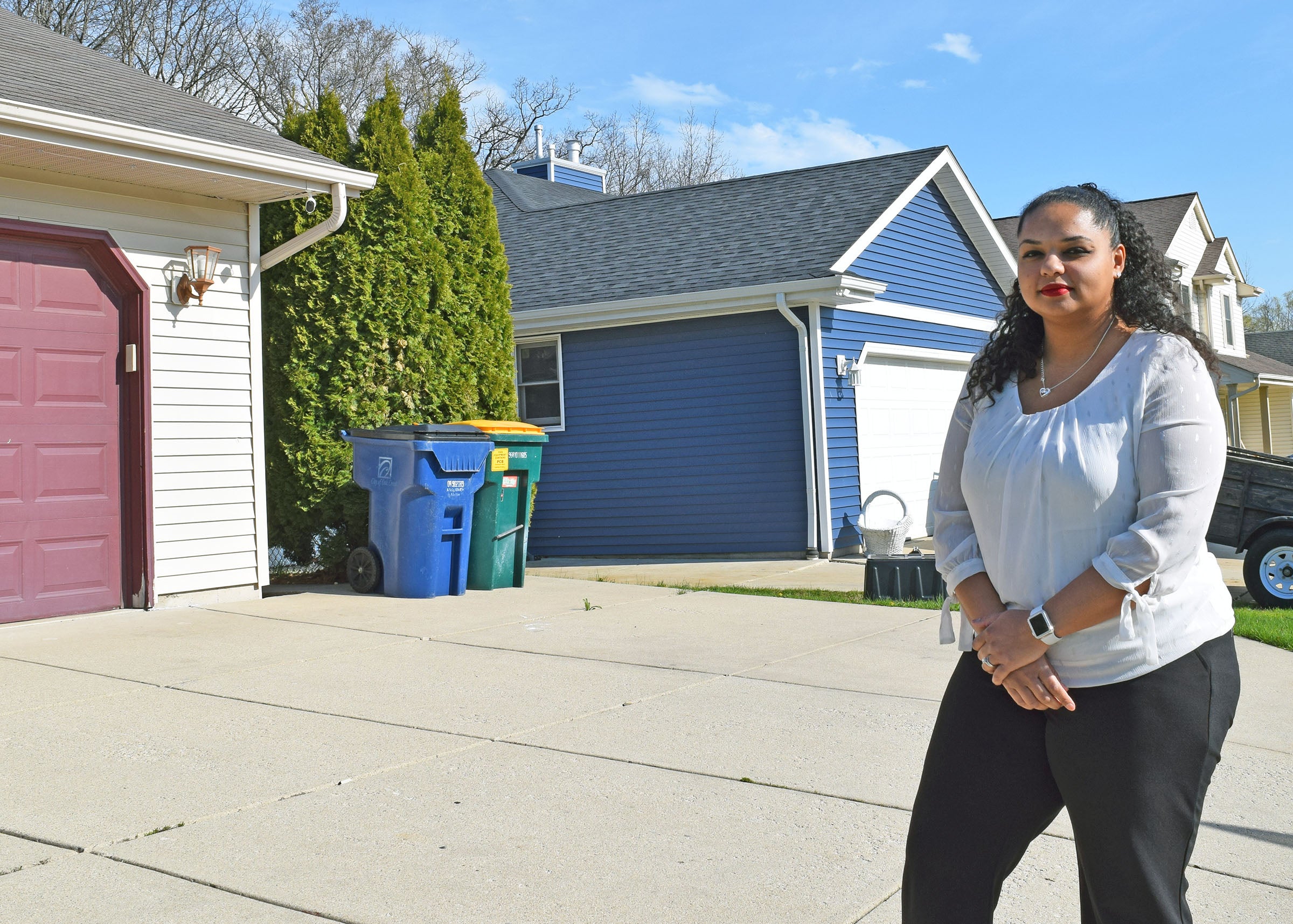An analysis from the environmental advocacy group Clean Wisconsin has found the state ranks as the third worst in the country for racial disparities in exposure to harmful air pollution.
According to the analysis, people of color in Wisconsin are exposed to 26 percent more harmful particulate matter than white residents. That number jumps to 41 percent for the state’s Black population. The only states to see a bigger racial disparity in the analysis are New York and Pennsylvania.
Paul Mathewson, a staff scientist with Clean Wisconsin who conducted the analysis, said he was surprised to see that level of disparity.
News with a little more humanity
WPR’s “Wisconsin Today” newsletter keeps you connected to the state you love without feeling overwhelmed. No paywall. No agenda. No corporate filter.
“I think that kind of really makes it concrete that this is an equity issue that we really need to address in Wisconsin,” Mathewson said. “Putting some actual numbers to it makes it, I think, more real than just a general understanding that most of us have.”
The analysis is based on research from last year led by a professor from University of Illinois Urbana-Champaign. That study found a systemic phenomenon of air pollution disproportionately impacting racial minorities. It also found that those disparities have persisted even despite drops in overall emissions exposure.
The Clean Wisconsin analysis found transport, agricultural and industrial sources contribute the most to particulate pollution in Wisconsin.
Dr. Ann Behrmann, a retired Madison pediatrician, is a member of the Wisconsin Environmental Health Network.
“If you live closer to a big highway, to the interstates or big exchanges, you’re going to have a higher amount of air pollution in your cities,” Behrmann said.
While the analysis found disparities across the state for people of color, those differences are most pronounced in Milwaukee.
“It’s a way of zeroing in on where we need to focus our efforts,” Mathewson, of Clean Wisconsin, said.
Milwaukee has been ranked in the past as the worst city in the United States for Black people to live in, with disparities in socioeconomic indicators such as health and income being a long-standing issue. The University of Illinois research noted “a legacy of racist housing policy” factors into the persistence of air pollution inequality.
Behrmann said increased air pollution can exacerbate diseases such as asthma and chronic obstructive pulmonary disease, in addition to increasing risks for many other health problems. She also said air pollution can contribute to neurodevelopmental anomalies for newborn children, and noted research that found more than 3 percent of preterm births could be attributed to air pollution.
“Maybe it’s not so surprising to physicians, but there’s a big difference in populations in Wisconsin about health risks from exposure to air pollution,” Behrmann said. “You know, I think, ‘Oh, we live in this great place, it’s got clean air and clean water,’ but we’re finding that that’s not exactly the case for many places in the state still.”
A study released last month by UW-Madison researchers found the elimination of air pollution emissions across the country from energy-related activities could prevent more than 50,000 premature deaths a year.
In a press release about the analysis, Claire Gervais, a clinical associate professor with University of Wisconsin-Madison’s Department of Family Medicine and Community Health, called the results “shocking.”
“Doctors can only do so much,” Gervais said. “We must have better public policy to reduce industrial and transportation sources of fossil fuel burning.”
Earlier this year, Wisconsin elected officials and health groups pushed the Biden administration to strengthen standards around air quality to reduce power plant emissions.
Chelsea Chandler, Clean Wisconsin’s climate, energy and air program director, said there’s been a movement toward acknowledgement of environmental justice issues, which she said will help inform policymakers and advance more equitable solutions. She cited Gov. Tony Evers’ creation of the Office of Environmental Justice earlier this year as an example of that.
“We really need to continue to work at the local level, at the state level to help address these systemic inequities which have kind of led us to where we are,” Chandler said.
She said the issue is urgent.
“Air pollution and climate change have a lot of the same drivers,” Chandler said. “The good news is when we’re addressing them, we’re also helping to fix these kind of intertwined problems at the same time.”
Behrmann said conservation and increased use of clean renewable energy will help the health of people and places throughout the state. She said that would also help the state take action on climate change.
“This is something we can do something about,” Behrmann said. “Clean energy is key to good health of populations, and the truth is that it’s not OK that communities of color take the burden of how we produce our energies.”
Wisconsin Public Radio, © Copyright 2026, Board of Regents of the University of Wisconsin System and Wisconsin Educational Communications Board.
